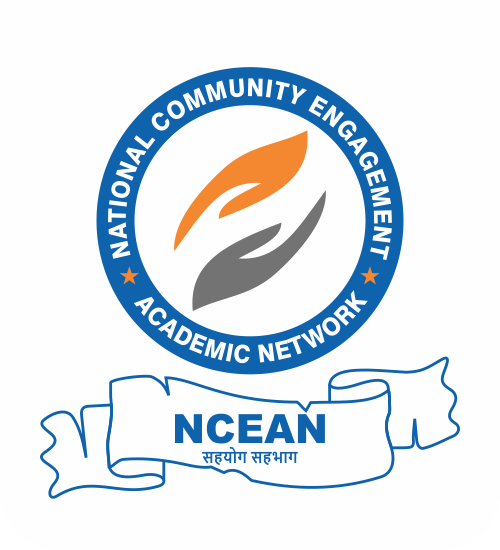Community engagement in vocational education
Community engagement in vocational education involves partnering with industries, businesses, community organizations, and other stakeholders to provide learners with hands-on training, real-world experiences, and opportunities for skill development in various vocational fields. Here are some ways community engagement can be integrated into vocational education:
- Industry Partnerships: Collaborating with local industries and businesses to develop vocational training programs that align with industry needs, provide relevant skills training, and offer opportunities for internships, apprenticeships, and job placement.
- Work-Based Learning: Offering work-based learning experiences, such as job shadowing, workplace tours, and on-the-job training, to expose learners to real-world work environments and industry practices.
- Community Service Projects: Integrating community service projects into vocational education programs, where learners apply their skills to address community needs, such as building homes, repairing infrastructure, or providing services to underserved populations.
- Entrepreneurship Education: Providing entrepreneurship education and support services to help learners develop business skills, launch startups, and pursue entrepreneurial ventures within their communities.
- Industry Advisory Boards: Establishing industry advisory boards composed of representatives from local businesses and industries to provide input on curriculum development, program design, and workforce needs, ensuring that vocational education programs remain relevant and responsive to industry trends.
- Professional Development: Offering professional development opportunities for vocational educators, industry professionals, and community partners to enhance their skills, knowledge, and networks, fostering collaboration and innovation in vocational education.
- Community Outreach and Recruitment: Engaging with community organizations, schools, and workforce development agencies to promote vocational education programs, recruit learners, and provide information about career pathways and opportunities in vocational fields.
- Technology and Innovation: Incorporating emerging technologies, such as virtual reality, augmented reality, and simulation tools, into vocational education to enhance learning experiences, simulate real-world scenarios, and prepare learners for evolving industry trends.
- Job Placement Services: Providing job placement assistance, career counseling, and support services to help learners transition from vocational education programs to meaningful employment opportunities within their communities.
- Continuing Education and Lifelong Learning: Offering continuing education and lifelong learning opportunities for individuals already in the workforce to update their skills, pursue career advancement, and stay competitive in their chosen vocational fields.
By actively engaging with communities, industries, and other stakeholders, vocational education programs can better prepare learners for successful careers, meet workforce demands, and contribute to economic development and prosperity within their communities.
